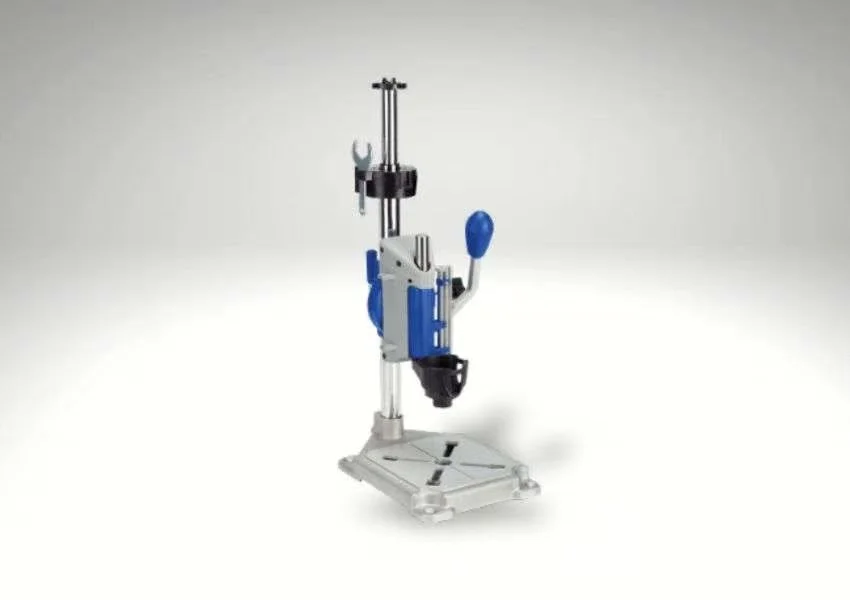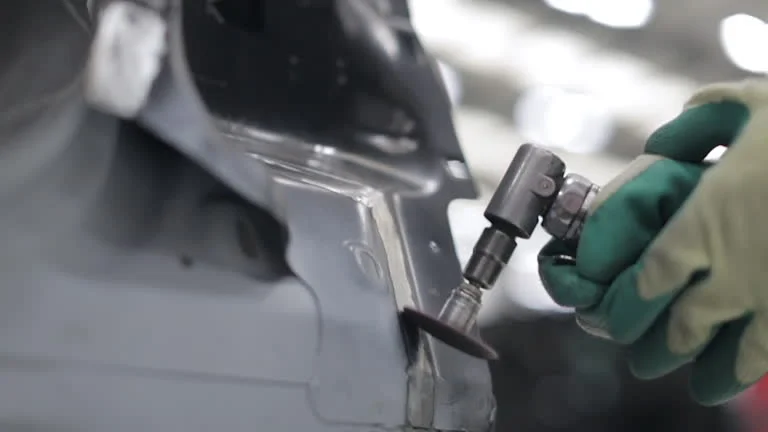The scroll saw is a vital tool for woodworkers and crafters. It allows for intricate cuts and detailed designs, making it essential for creative projects. After using various models over the years, I understand the nuances that make a scroll saw stand out. This review will explore key features, performance, and user experience to help you choose the right one. Readers will gain insights into top models and their specific advantages. This information will enhance your decision-making process when investing in a scroll saw that meets your crafting needs effectively.
- Unique design accepts blades in two directions (standard and 90 degrees) to allow for infinite ripping capacity
- Variable speed goes from 400 to 1600 strokes per minute
- Spacious 16-by-11-inch table bevels up to 45 degrees to the left for angled cuts
- Cuts wood up to 2 inches thick with a 16-inch throat depth in the standard position
- Features a thumb screw blade adapter for tool-free blade changes, a cast iron base, an air pump, a flex light, a dust port, a foot lock clamp, onboard storage, and three blades
Key Takeaways
- When choosing a scroll saw, look for key features like dual blade direction and variable speed control to enhance your cutting versatility.
- A beveling table is essential for making angled cuts, which can add creativity to your projects.
- Opt for models that offer tool-free blade changes for quicker setup and less frustration during your work.
- Consider the work area accessories that come with the saw, as they can improve safety and efficiency while you cut.
- Use the buying guide to compare different models and find one that fits your skill level and project needs.
- Always read user reviews to gain insights into real-world performance and reliability before making a purchase.
Key Features
The adjustable speed is crucial for achieving detailed cuts. I found that varying the speed from 400 to 1600 strokes per minute allowed me to tackle both intricate designs and thicker materials effectively. This flexibility suits beginners and experienced users alike.
The cast iron base is another important feature. It minimizes vibrations during operation, which enhances precision. I noticed that when I used the saw on a sturdy surface, my cuts were more accurate and clean.
An adjustable air pump and dust port keep the workspace tidy. I’ve used scroll saws where debris cluttered my view, making it hard to see my work. This model’s features significantly improved visibility while cutting.
The flexible work light is a game-changer. It illuminates the workpiece well, especially in dimly lit areas. I appreciated this feature when working late at night or in less-than-ideal lighting conditions.
Variable Speed Control
The adjustable speed feature ranges from 400 to 1600 strokes per minute. This flexibility allows me to adapt the saw for different projects. For intricate designs, I can slow it down. When I need quick cuts, I simply increase the speed.
This capability is crucial when working with various materials. I’ve used it on both softwoods and harder woods. Each material requires a different approach, and the speed adjustment helps achieve clean cuts every time.
Precision control is another major benefit. The ability to tailor the speed means I can tackle detailed work without fear of mistakes. I’ve found that this feature is especially helpful when cutting delicate patterns or curves.
However, there are times when adjusting the speed can be tricky during a project. It takes some practice to find the right balance quickly. Still, once you get the hang of it, this feature becomes a valuable asset.
Beveling Table
The 16-by-11-inch table is a key feature for making angled cuts. It can bevel up to 45 degrees, which allows for precision in complex projects. I found this especially useful when I needed to create intricate patterns. The ability to adjust the angle made my work smoother and more accurate.
Variable speed control is another significant advantage. The saw operates at different speeds, catering to various cutting needs. For delicate materials, I set it to lower speeds, which gave me better control. Conversely, for thicker wood, I increased the speed for faster cuts. This flexibility is essential for anyone who works on diverse projects.
However, I noticed that the speed adjustment could be tricky at times. If not careful, it’s easy to switch speeds abruptly, affecting the cut quality. Overall, the variable speed control enhances the usability of the scroll saw.





